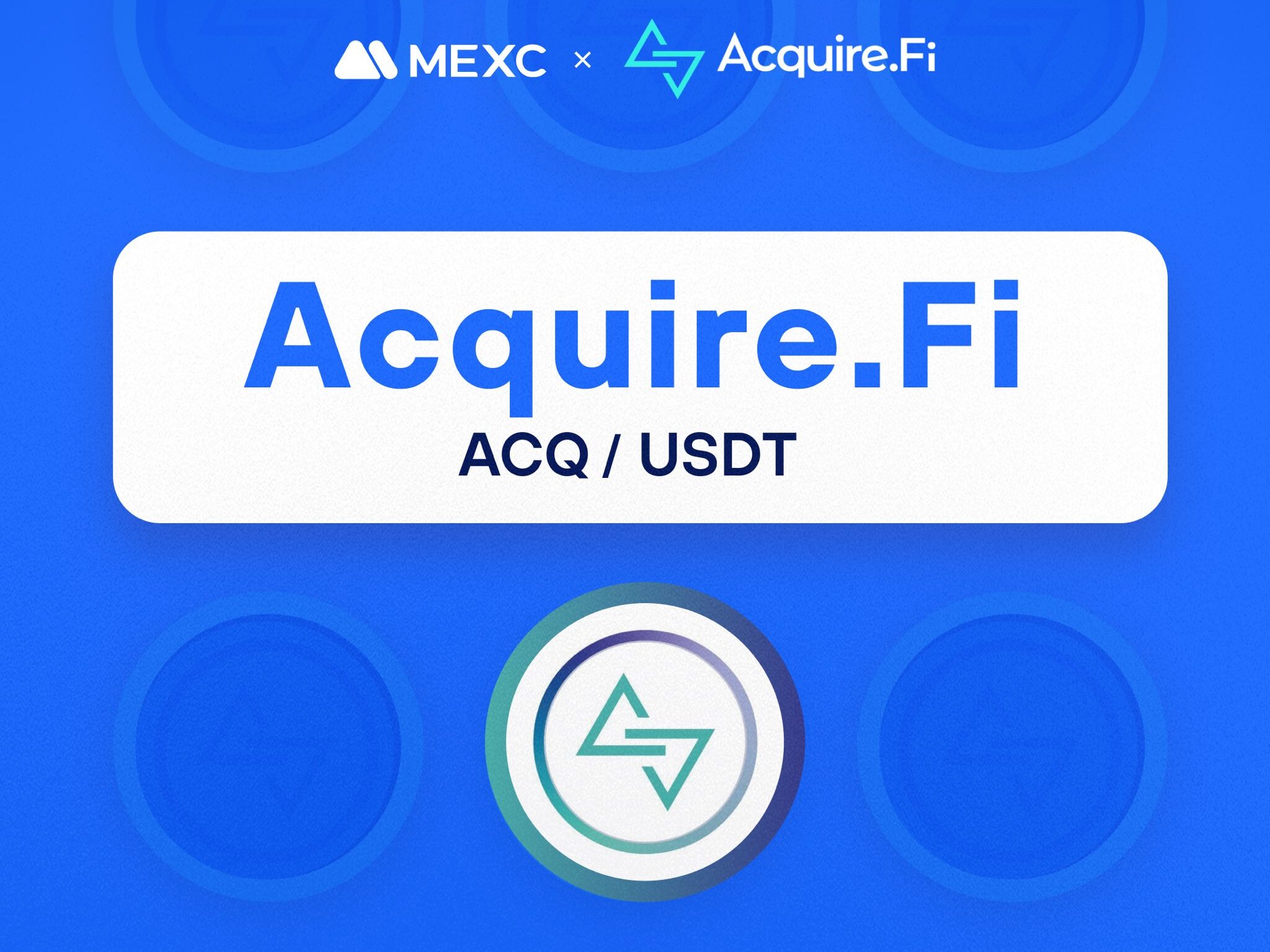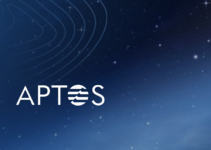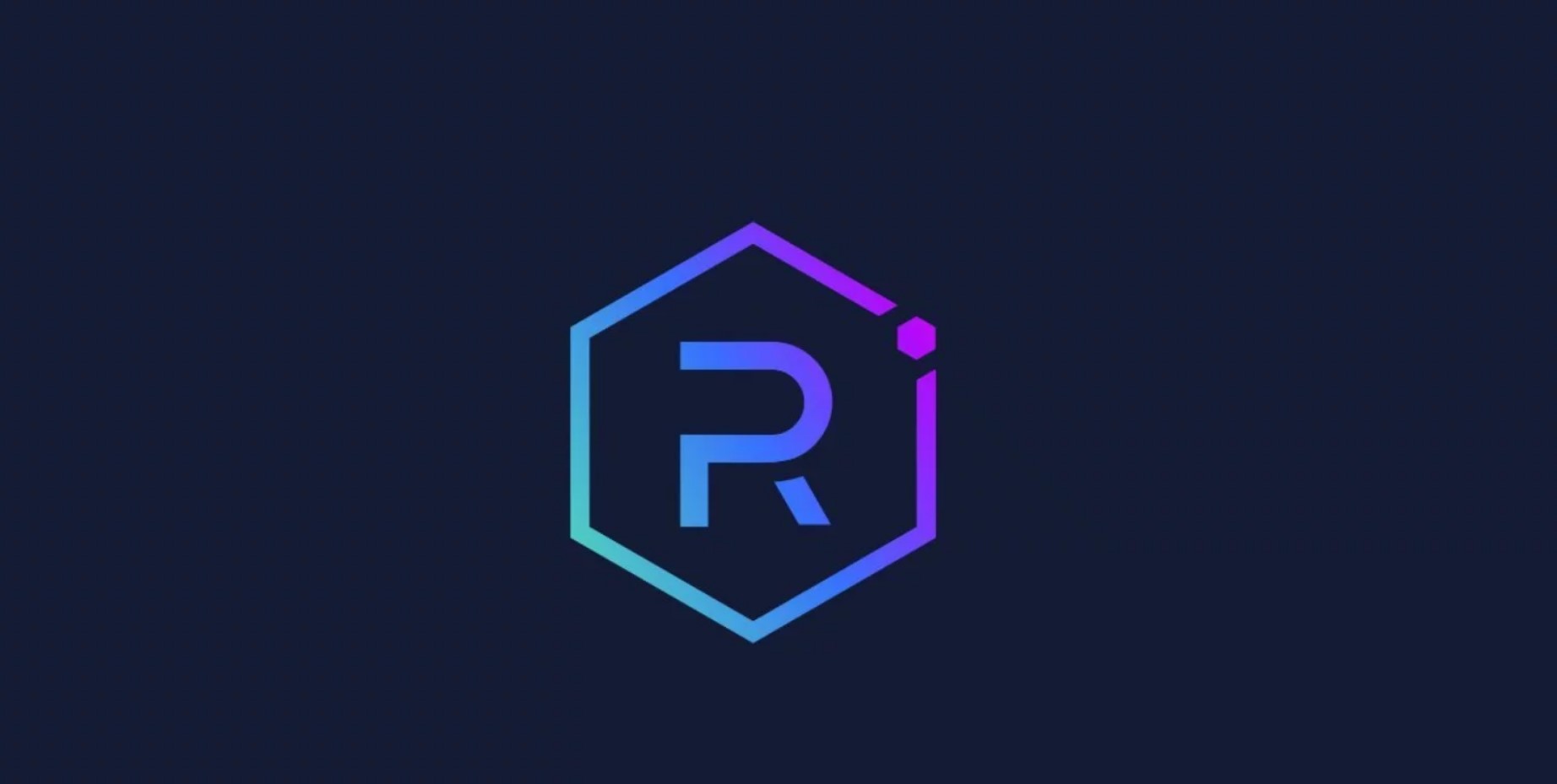USD Coin (USDC) is a cryptocurrency that maintains a constant value of $1 USD. It is a part of a broader category of cryptocurrencies called stablecoins. Another popular stablecoin is Tether (USDT). They have a variety of mechanisms — such as pegging their value to fiat currencies or commodities — to help maintain a stable price. Stablecoins are an essential tool in the dynamic cryptocurrency market and can help digital asset holders within the crypto ecosystem to benefit from the relative stability of the dollar or of other stable assets.

CENTRE pioneered the USDC stablecoin. It is an organization founded by crypto exchange Coinbase and financial technology (FinTech) firm Circle. Circle first announced plans to launch USD Coin on May 15, 2018, and raised $110 million.USDC first launched on the Ethereum blockchain as an ERC-20 token but has since expanded to other blockchains including Solana, Stellar, Avalanche, Flow, Tron and Algorand.
As of November 15,2022, the market cap of USDC is 44 billion, ranking in second place among stablecoins. According to CENTRE’s first report released in October 2018, there were about 127 million USDC in circulation. In 2022, there are more than 44 billion.
Is it transparent enough?
Cash and short-term U.S. government bonds as collateral backs USDC. For every USDC token in circulation, $1 is held as collateral in accounts at regulated U.S. financial institutions. Those accounts are audited by the U.S. accounting firm Grant Thornton LLP. As of May 2022, Circle announced that the company would provide weekly attestation reports. They help build trust in USDC, as they disclose the precise amount of actual funds backing the stablecoin.
What is the story of USDC 2.0?
In August 2020, the CENTRE consortium unveiled the updated version of USDC. USDC 2.0 has advanced functionality for digital wallets and other services that support stablecoins. Previously, holders of USDC and other Ethereum-based tokens must pay a commission to process transactions. At the same time, customers must keep ETH in accounts to pay for the gas.
According to the developers, it was a barrier to mass adoption. To remove this barrier, CENTRE has integrated a gasless send feature into the USDC. This allows wallet developers to pay commissions on behalf of a client or charge fees directly in USDC tokens rather than ETH. The team the platform developed a public USDC smart contract to integrate the support. Developers can provide this service on their own or a third-party service to pay the associated fees.
The consortium team believes that gas-free send will significantly expand USDC’s capabilities in payments, peer-to-peer transactions, and e-commerce. The update is fully compatible with previous versions of the protocol. This means that USDC 2.0 does not affect wallets, exchanges, or applications that are already integrated with USDC.
How can you use USDC?
- As a means of payment. Suppose you want to make a payment using crypto. In that case, you can rely on USDC to have a consistent value over time, without the sometimes-extreme price fluctuations that are common among cryptocurrencies.
- As a way to earn interest. Some platforms offer users interest payments in exchange for USDC deposits. It’s worth noting that there is risk involved with this activity. Also, USDC can be uncovered within DApps and DeFi. USDC is used in a variety of DApp and DeFi protocols — such as Aave,, Compound, Dharma, OpenSea, and others.
- Bridging the traditional payment merchants with the crypto world. Circle has also partnered with two of the largest payment networks in the world and some popular payment processors. In December 2020, Circle partnered with Visa, allowing businesses on the Visa network to accept USDC. In July 2021, Mastercard (NYSE: MA) announced plans to incorporate USDC as a payment method. Payment processors Stripe and Checkout.com both announced support for USDC in 2022.
What are the differences between USDC and USDT?
Many believe that the USD Coin is the safer option. Why? It is because their reserves are transparent. Its management has provided reports since its launch, verifying its reserves. Tether Limited, on the other hand, didn’t provide information on its reserves for years. It has also faced legal troubles related to its lack of transparency, with a lawsuit alleging that unbacked Tether issuances caused $1.4 trillion in damage to the crypto market.
The tether’s edge is its size. It has a much larger market cap than USDC and a higher trading volume than any stablecoin. It will typically be a little easier to trade Tether for other cryptocurrencies due to its trading volume.
Furthermore, USDC also has the advantage of being subject to more regulatory oversight. This is because it’s considered a stored value instrument in most U.S. states. Tether also hasn’t been independently audited yet.
How to buy USDC?
You can buy USDC via MEXC’s website or App.
Step 1: Click[Buy Crypto] on the navigation bar. There are 5 ways to buy USDC: Debit/Credit Card, Bank Transfer, P2P Trading, Quick Buy/Sell and Third-party Payment.

Step 2:Choose to buy USDC with different Fiat currencies, just select your currency under each method.

Keep Yourself Updated With The Crypto Trend
Check out all of the listings in the Innovation and Assessment zones as well as the major tokens in the Main Zone – we have more amazing projects to come! What’s more, MEXC lists moonshots and offers access to trade major cryptocurrencies. Visit the Hot Projects section as well to uncover more featured popular tokens. Lastly, feel free to visit MEXC Academy to learn more about cryptocurrency!
Join MEXC and Get up to $10,000 Bonus!
Sign Up


